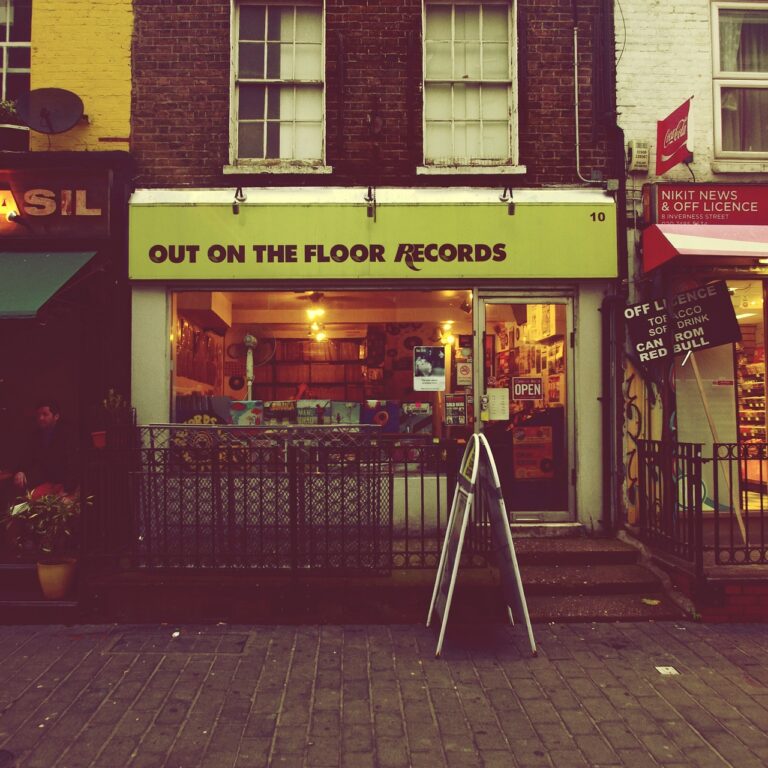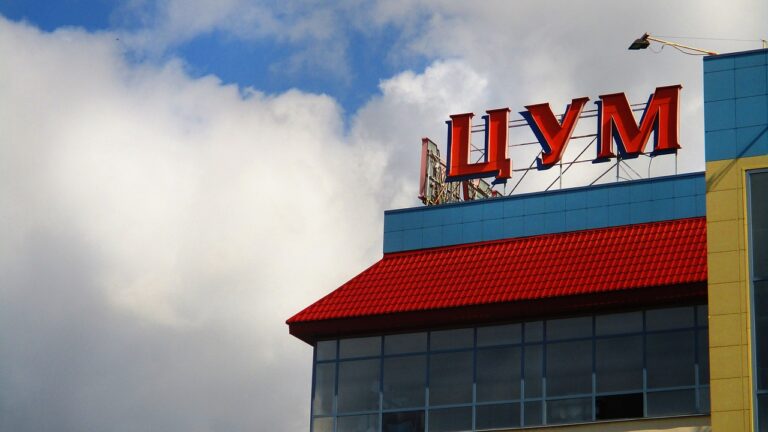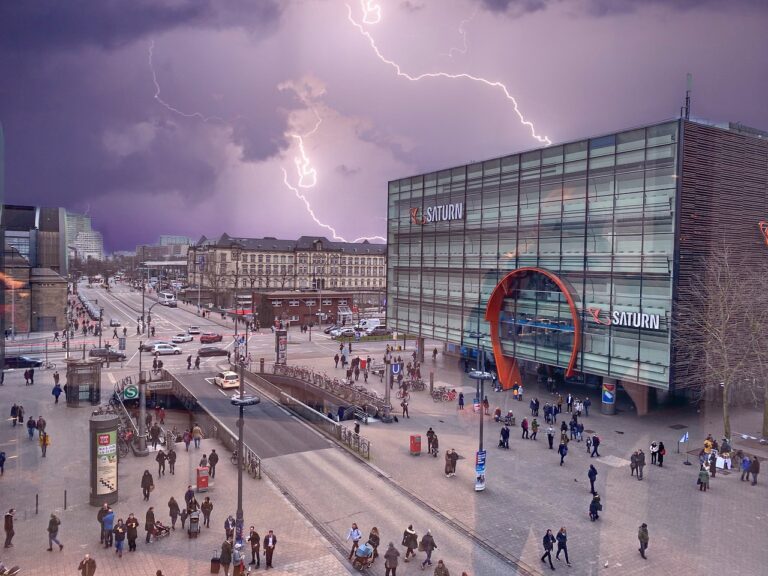Exploring the Impact of COVID-19 on Retail Trends and Consumer Behavior
The outbreak of the global pandemic has led to a significant shift in retail trends worldwide. With strict lockdown measures and social distancing guidelines in place, brick-and-mortar stores have faced unprecedented challenges in maintaining foot traffic and sales. Many retailers had to quickly adapt to the evolving situation by implementing safety protocols and enhancing their online presence.
The closure of physical stores and the restrictions on in-person shopping have accelerated the shift towards e-commerce and online shopping. Consumers have increasingly turned to the convenience of shopping from the comfort of their homes, leading to a surge in online retail sales. Retailers that had already established a strong digital presence were better equipped to meet the growing demand for online shopping, while others had to pivot quickly to survive in the new retail landscape.
The closure of physical stores has accelerated the shift towards e-commerce
Consumers are increasingly turning to online shopping for convenience and safety
Retailers with a strong digital presence have been better equipped to meet growing demand
Many retailers had to pivot quickly to survive in the new retail landscape
Shift towards E-commerce and Online Shopping
The rise of e-commerce and online shopping has been accelerated by the pandemic, as consumers increasingly turn to the convenience and safety of buying goods online. With restrictions limiting in-store shopping experiences, more people have embraced the digital marketplace for their needs. This shift has not only impacted retail businesses but has also reshaped the way consumers interact with brands and make purchasing decisions.
As online shopping continues to gain popularity, retailers are adapting to meet the changing demands of consumers. Many businesses have invested in improving their online platforms and enhancing the overall shopping experience for customers. From virtual try-on features to personalized recommendations, e-commerce has evolved to provide a more engaging and streamlined shopping journey. This shift towards online shopping is expected to have a lasting impact on the retail industry, shaping the way businesses connect with their customers in the digital age.
Changes in Consumer Spending Habits
During the pandemic, consumers have significantly altered their spending habits, prioritizing essential items over luxury goods. This shift can be attributed to economic uncertainties and job loss, prompting individuals to be more cautious with their finances. As a result, there has been a noticeable decrease in discretionary spending across various sectors, impacting businesses worldwide.
Moreover, the unpredictable nature of the pandemic has led consumers to focus more on value and practicality when making purchasing decisions. This has influenced the rise in demand for durable and long-lasting products that offer functionality and versatility. As consumers continue to navigate through these uncertain times, it is likely that this conservative approach to spending will persist, shaping the future of consumer behavior and preferences.
How has the pandemic impacted retail trends?
The pandemic has caused a shift towards online shopping and e-commerce, as consumers have preferred to shop from the safety of their homes.
What are some of the changes in consumer spending habits?
Consumers are spending more on essential items and cutting back on non-essential purchases. There is also a trend towards supporting local businesses and buying sustainable products.
How has the shift towards e-commerce affected retailers?
Retailers have had to adapt to the rise in online shopping by improving their digital presence and offering more convenient delivery options. It has also led to an increase in competition among online retailers.
Will consumer spending habits continue to change in the future?
It is likely that some of the changes in consumer spending habits brought on by the pandemic will continue, such as the preference for online shopping and the focus on essential items. However, as the situation evolves, consumer behavior may also shift again.







